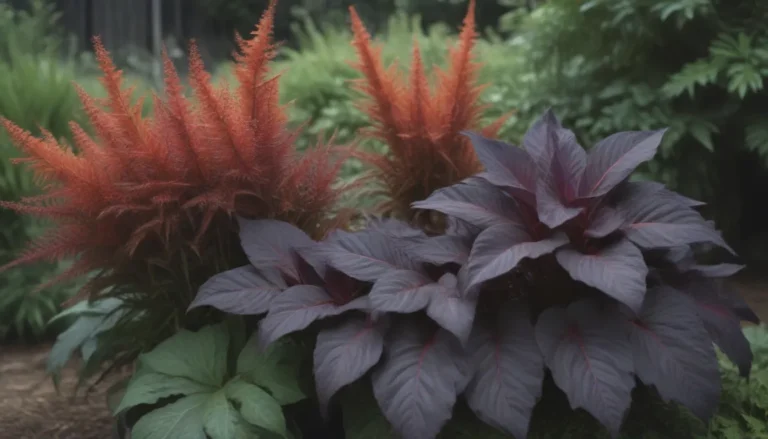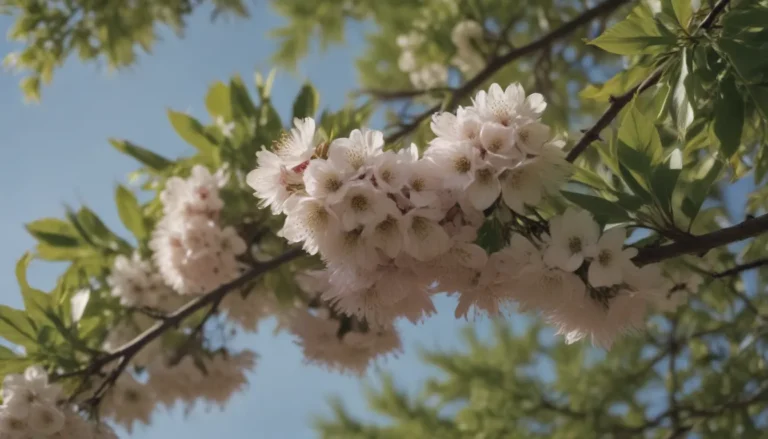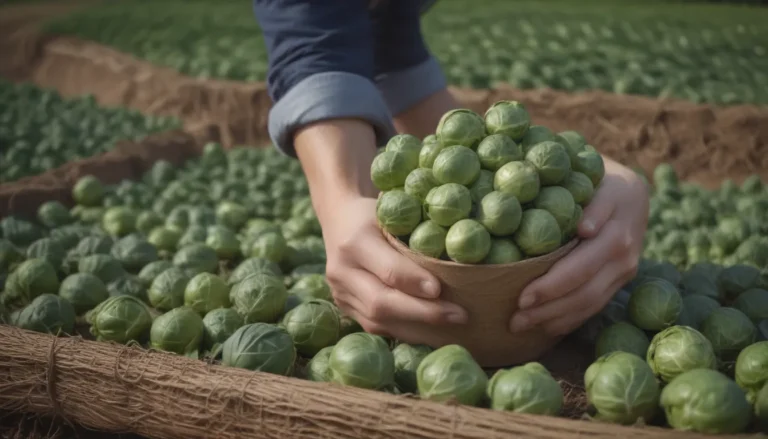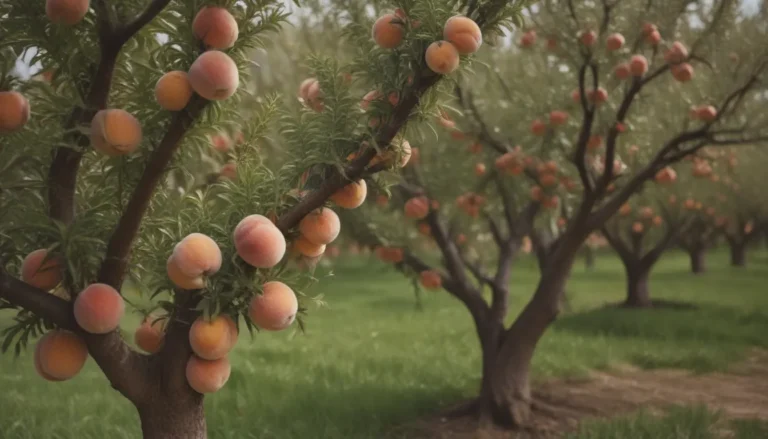Your Complete Guide to Growing and Caring for Passionflower
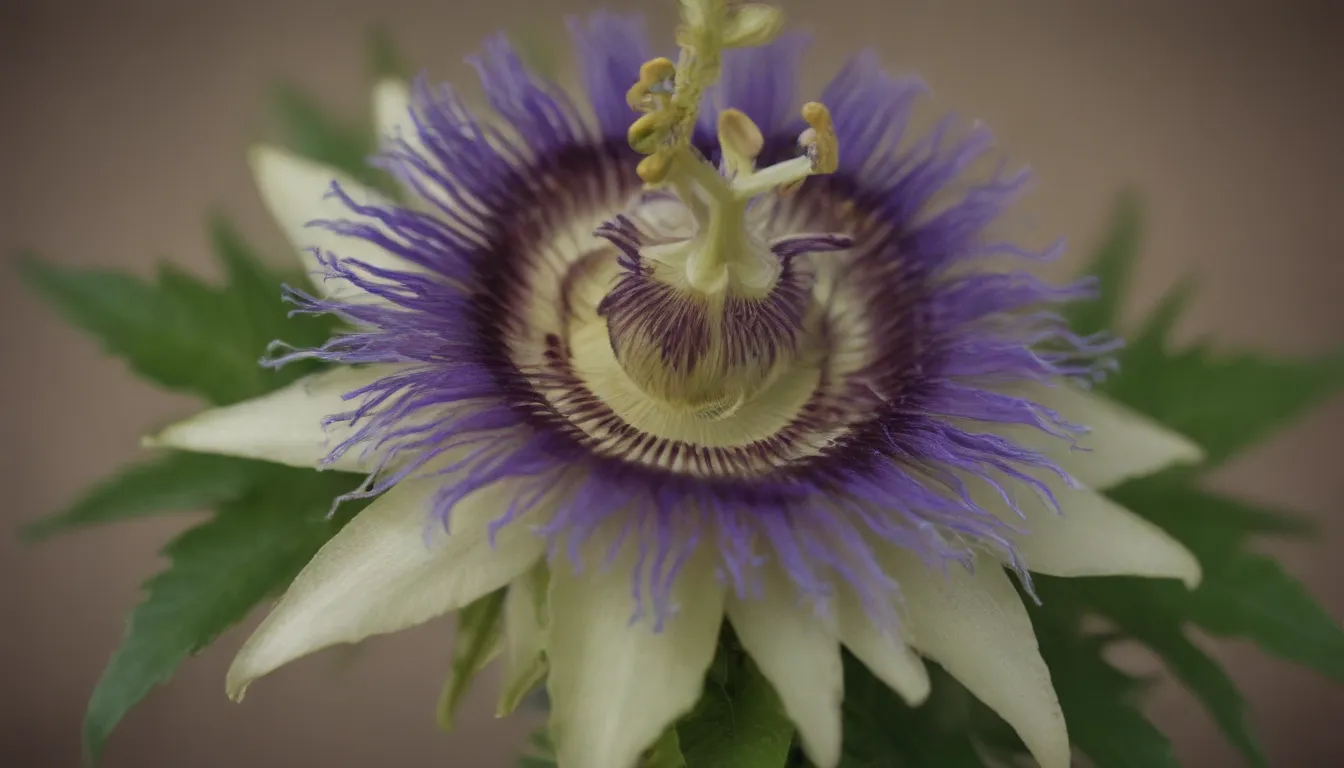
Passionflowers are a unique and beautiful addition to any garden. With hundreds of varieties to choose from, these plants can add a touch of exotic flair to your outdoor space. Whether you’re a seasoned gardener or just starting out, learning how to grow and care for passionflower is a rewarding experience. In this comprehensive guide, we will cover everything you need to know to successfully cultivate these stunning vines.
Passionflower Varieties
Passionflowers come in many different shapes, sizes, and colors. While most are climbing or prostrate vines, there are also shrub, annual, perennial, and tree varieties. Some popular cultivars include:
- Passiflora caerulea: A striking blue and white flowered variety.
- Passiflora coccinea: Known for its vibrant red flowers.
- Passiflora incarnata: Commonly used for its calming properties in herbal medicine.
- Passiflora alata: Featuring unique, winged petals.
Planting and Growing Conditions
To ensure your passionflower thrives, follow these tips for planting and care:
- Location: Choose a sunny spot with well-drained soil. Passionflowers prefer a sheltered area, such as against a wall or trellis.
- Watering: Provide deep watering after planting and maintain a consistent watering schedule of 1-1.5 inches per week.
- Light: Passionflowers need at least 4-6 hours of sunlight a day. In extremely hot climates, they may benefit from some afternoon shade.
- Soil: Plant in well-draining, rich, and moist soil with a pH between 6.1 and 7.5. Adding compost to the planting hole can provide additional nutrients.
Passionflower Care
Passionflowers are relatively low-maintenance plants, but they do require some care to thrive:
- Pruning: While passionflowers do not need to be deadheaded, pruning can help control the size of the vine, remove deadwood, and encourage fuller growth. Prune in late summer or early spring before new growth emerges.
- Fertilizing: Passionflower vines are heavy feeders and benefit from a balanced, general-purpose fertilizer applied regularly from early spring to early autumn.
- Overwintering: If you are growing passionflower in a container, trim the stems down before bringing it indoors for winter. Provide protection from cold temperatures and drafts.
Common Pests and Diseases
Passionflowers are susceptible to pests and diseases, especially in warm and humid climates. Some common issues include:
- Pests: Scale, spider mites, and whiteflies can attack passionflower plants. Control infestations with a food-grade insecticide.
- Diseases: Leaf spot and root rot can occur, particularly in poorly-drained soil. Remove affected leaves and treat with fungicide if necessary.
Propagating Passionflower
In addition to growing passionflower from seed, you can propagate the plant using softwood cuttings and layering. These methods are ideal for expanding your passionflower garden without waiting for seeds to germinate:
- Softwood Cuttings: Use softwood cuttings to start new passionflower plants without the need for seeds.
- Tip Layering: Propagate passionflower right in the garden by layering a stem in the ground.
Growing Passionflower Indoors
While passionflowers grow best outdoors, you can successfully grow them indoors in colder climates. Follow these tips for indoor cultivation:
- Location: Choose a south-facing room with plenty of sunlight.
- Care: Passionflowers grown indoors may not produce fruit as vigorously as outdoor plants. Provide support with a small trellis.
Conclusion
Passionflowers are a versatile and stunning addition to any garden. With proper care and attention to their unique growing requirements, you can enjoy these exotic blooms year after year. Whether you’re a seasoned gardener or just starting out, the beauty and complexity of passionflowers make them a rewarding plant to cultivate. Start your passionflower garden today and watch these vibrant vines flourish in your outdoor space.


